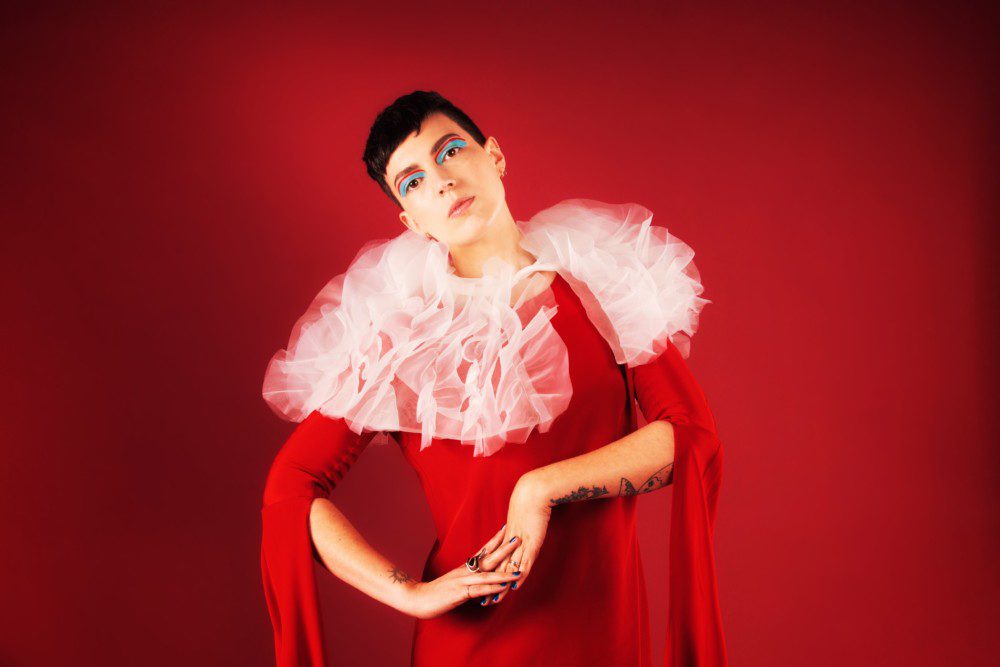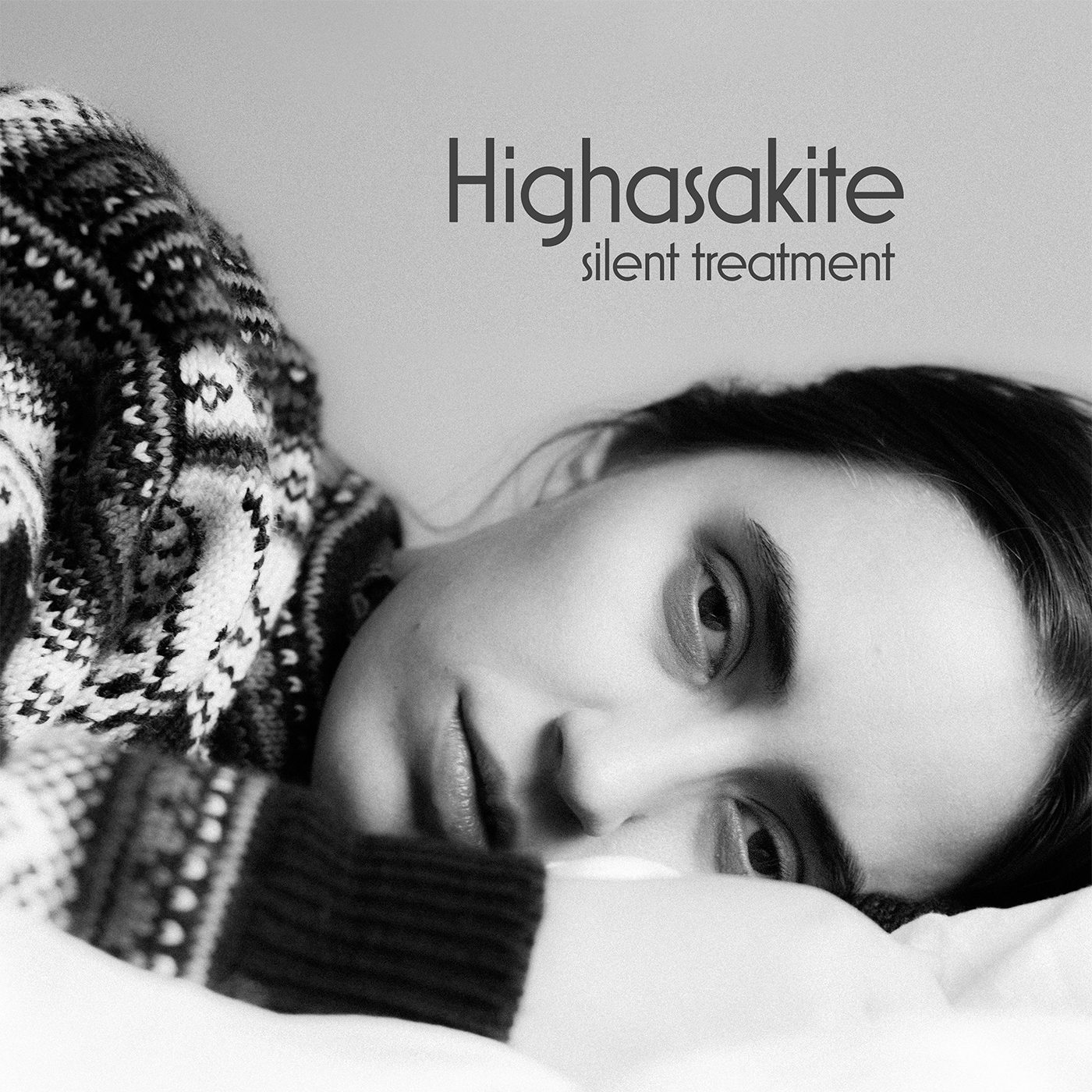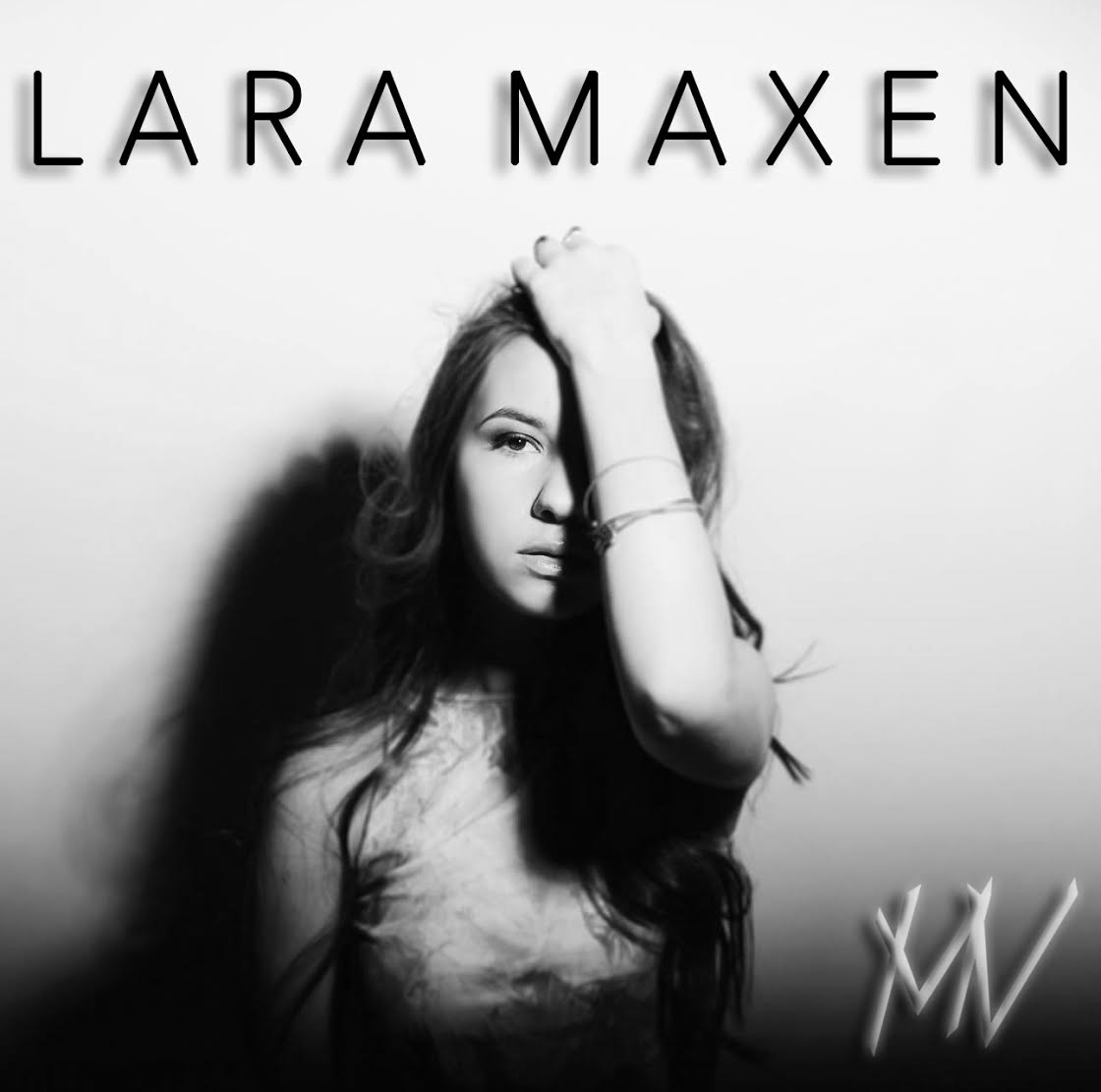

Setting a mood takes more than wine, moonlight and the smell of jasmine in the air. The right music can inspire love, or, in the case of Drum & Lace’s latest single, fear. “Outsider Complex Part 1” starts off with a chorus of violins giving warning, their single note casting light into the darkness, allowing glimpses of a scene to come into view.
The song was originally a “late night piano doodle,” says Sofia Hultquist, the composer behind Drum & Lace. “When I was writing and fleshing this piece out, I was going through one of the many moments when I felt like I didn’t quite fit into any ‘boxes’ musically – a feeling I think we all go through,” she explains. “‘Outsider Complex Part 1’ allowed me to explore my anxieties and vulnerabilities in a more freeing way than I had done before.” The piano peeks in about a third of the way through the song, lending a playful tension to the violins; if the violins are the light, the piano is the protagonist, fighting her way through the darkness.
The song is set to appear on Drum & Lace’s debut album semi songs, scheduled for tentative release in mid-July.
Hultquist began her music career working within the fashion industry, scoring runway shows and short films for indie designers. Her work is now mainly in the film industry, working on films such as The First Monday in May, a documentary she co-composed the music for. That score landed her on the shortlist of composers for Best Original Score at The Academy Awards.
We spoke with Sofia about growing up in Italy, music school, and what it’s like to score a film. Listen to “Outsider Complex Part 1” and read our interview below.
AF: The name of your project perfectly sums up its original intent: to be the juxtaposition between indie fashion and composition. Can you tell us about the genesis of Drum & Lace and how you got your start in the music industry?
SH: Yes! I’ve been writing music and performing for as long as I can remember, and I started to write and work as Drum & Lace about five years ago. I’d been debating about whether to enter the freelance world using my name or whether I wanted a moniker, and in retrospect I’m glad I went with a different name. As musicians we’re all multifaceted and multi-tasking, and I felt like keeping my name for me while then encompassing all that Drum & Lace is under a different name was going to work best. Coming up with name was nearly a joke at first, as I was writing down potential names and this was the first one that stuck. I’m a big electronic music fan but then also it had a hardness and softness that I could relate to. Also it’s pretty catchy. Once I had the name, I started by trying to compose specifically for fashion and fashion film, with the intention to then progress into feature films and more. It was a great way for me to start, as I felt like I knew enough about fashion to be able to wing it and because I’ve always been really inspired by colors and textures.
AF: You grew up in Florence, Italy, which to Americans sounds like the most romantic upbringing ever. What kind of music did you grow up listening to?
SH: I get the question “why did you ever leave?” quite often actually, and yes, Florence is beautiful and it’ll always be one of my favorite places on the planet, but for what I wanted for myself it just wasn’t a good fit. Culturally and historically it is so rooted in classical art, and the city (and most Italians) are very set in their ways – change comes slowly, which can also be magical (just not for me). On top of that, when you’ve lived in the same place for 18 years, no matter how beautiful, you tend to feel like you’ve outgrown a place and need something new, which is what I was able to do! I grew up listening to so many different types of music, each style defining parts of my childhood. There was always a strong presence of classical music that came from my grandmother, whose piano I learned to play on. Once I started actively listening to music it ranged from rock and pop, to folk and electronic (house/trance) music. My first obsessions and CDs were those of No Doubt, Alanis Morissette and Smashing Pumpkins, but then I discovered iconic acts like Ricky Lee Jones (my mother’s favorite), Nina Simone and Led Zeppelin. I also remember a summer where all I listened to was Tori Amos and Radiohead’s Pablo Honey. Unsurprisingly, I went through a big enough Rolling Stones phase that my high school final paper was analyzing the socio-political and musical aspects of two of their songs. To top all of this off, in high school I worked in clubs where a few nights a week I was immersed in house, techno and trance music. And then of course I grew up in the glory days of super-pop (Spice Girls, Britney, etc)… Needless to say, I jumped around a lot, but all these influences have stayed with me for sure.
AF: Did you experience any culture shock when you came to the U.S. to study at Berklee College of Music in Boston?
SH: Absolutely, even though I’m glad that I went to Boston rather than a larger city. The biggest difference that I felt was the cultural day-to-day conversations that were rooted in a slew of pop culture references that I didn’t know. On top of that, the food was a bit of a culture shock for sure, and I definitely lost the ‘freshman 15’ rather than gaining it. It took a few months to adjust to things, but everyone was going through it at the time so it didn’t feel like I was more particularly lost than others.
AF: What’s one piece of advice you got in music school that you’ve used as a touchstone in your career thus far?
SH: One experience I can think of wasn’t as much as advice as it was realizing something that I still hold onto to this day. During my last year at Berklee, those who are in the film scoring major have to score scenes from films/TV shows as part of our courses. For one of these, I scored a scene and when it came to sitting with my professor to go over the project, he looked at me and said “I don’t even know where to start.” I was discouraged, as he seemed to imply that what I had done was wrong, but it also made me realize that my music is never going to sound generic nor cookie cutter. This very sentiment, as hard as it was to hear back then in that context, has been such a big part of my music making ever since. Realizing that people hire me for what I sound like has been incredibly gratifying – it has taken longer to find perfect fits for projects but all in all I haven’t felt like anything I’ve worked on was something that sounded like anyone else.
AF: Many of your earlier collaborations came about by finding artists to work with on Instagram. Were most of these artists willing and excited to collaborate?
SH: I did, and feel so grateful that the platform at the time was able to be such a great tool. I still meet a lot of people and get work from Instagram, but not like it was a few years back. Most people were pretty willing to work together, and others were curious as to why a composer would reach out to them, seeing as my messages were completely random. All in all, I think that most of the people that I reached out to I never heard back from, which is pretty accurate if you think of it like a blind email. Starting off was really hard, and most of the people who did get back to me were those who were also just starting out.
AF: Was there a big learning curve between writing for fashion projects and writing for film?
SH: From my experience, not really – the biggest difference is obviously the amount of music and the development of more thematic ideas. The thing with a lot of the fashion projects is that they are a fast turnaround, and I mean fast. With a feature length film, or TV project, you still have deadlines but they tend to not be as sudden or tight. In a way, I think working on fashion projects and films helped hone in the idea of working to a deadline, and also working based on emotion and colors. If anything, composing for fashion is sometimes more daunting as there is seldom ever any dialogue, so the music really has to stand as a voice of the project. With film, it tends to be more nuanced, and you’re oftentimes working with and around dialogue.
AF: What music do you have on rotation right now?
SH: I’m not going to lie, I love listening to my friends’ music! So every week I’ll make sure to listen, like, love, save their music. Lately that’s meant at least 4-5 singles per week, which is amazing! The LA music scene and beyond has been so giving lately, and it’s incredible. I also tend to make Spotify playlists for myself (that I usually share) that capture different moods. Lately I’ve been on a bit of an ambient, neo-classical and slow-jam kick, and some of the artists I’ve been listening to are Kelly Moran, Rival Consoles, Delhia De France, Four Tet, Ryuchi Sakamoto and Sudan Archives.
AF: If you could look into the future, how do you see Drum & Lace evolving over time?
SH: I would love for Drum & Lace to evolve into doing more of what I am now, but on a bigger scale. I have all these ideas that I would love to pursue and bring to life involving film, dance, spatial audio and concert works. It’s taken a handful of years to hone in on what it is that I want to do moving forward, but I feel like my vision is stronger than ever. I can also see this not being easy, as a lot of the things that I want to achieve take time, so the biggest thing will also be to constantly learn to be patient and confident in the work that I’m doing.
‘semi songs’ LP, a new chamber-electronic record by Drum & Lace, is set to release July 19th on EverybodyHz Records. Pre-order the album HERE.




